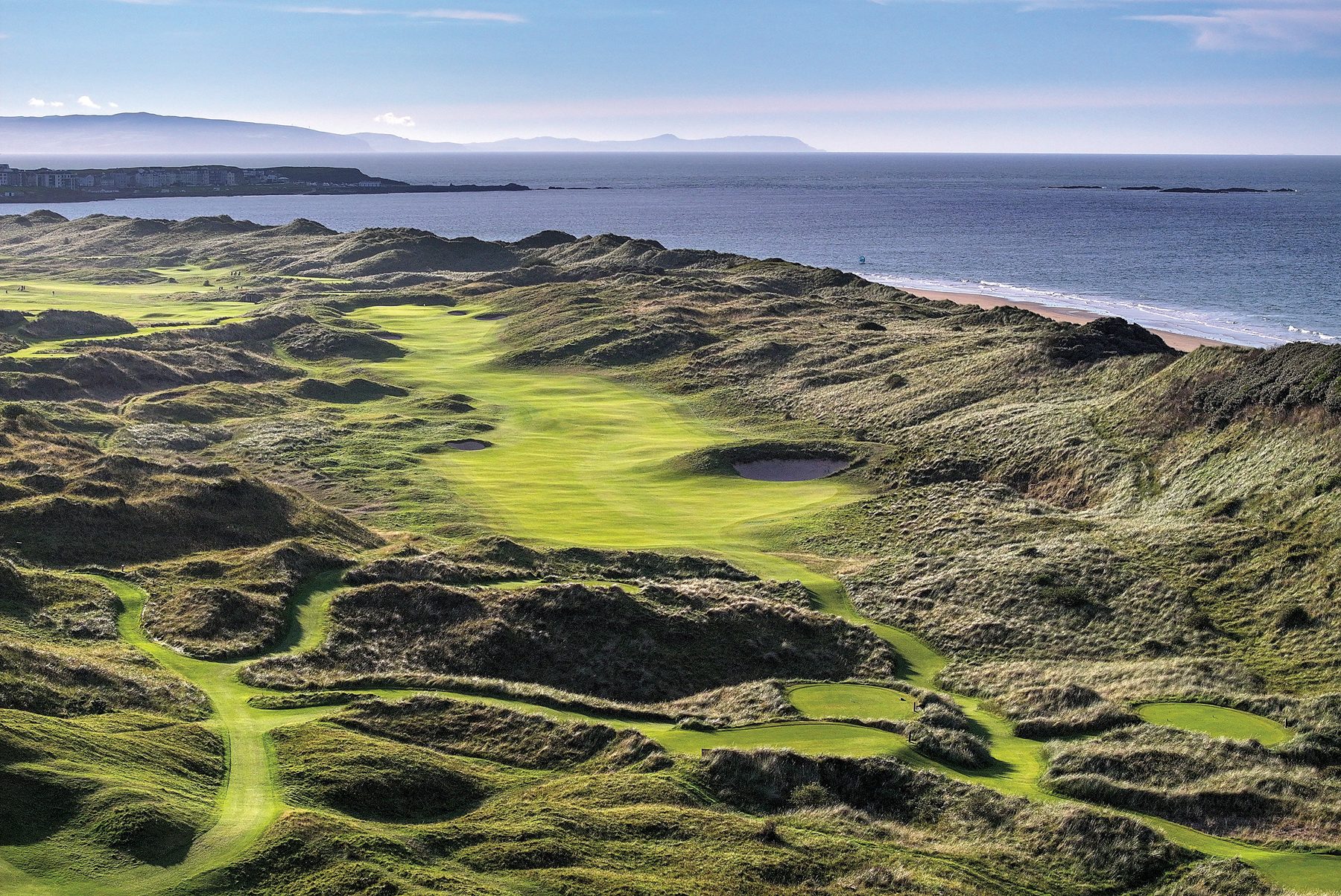
magine scoring so low that you out-shoot the numbers held by the walking scoreboard carrier. That is what Arnold Palmer did at the 1960 Palm Springs Golf Classic [later the Bob Hope Desert Classic, now “The American Express”] and we know this because the scoreboard carrier on the occasion was a teenager named Butch Harmon.
“They played at Thunderbird, where my dad was the pro,” starts Harmon as he stretches his memory back 61 years. Harmon’s father Claude—the Masters champ of 1948 and the last club pro to win a major—was the head professional at the great Winged Foot Golf Club, outside New York City, but he would work winters at Thunderbird Country Club, the most famous club in Palm Springs and one favored by a string of U.S. presidents.
Butch was 16 years old and would often follow his father to the biggest tournaments.
“Before the last round the caddie master said to me, ‘Hey, Butch, what group do you want to go with?,’” continues Harmon, now aged 77 and the most celebrated golf coach of his generation. “I said, ‘Arnold Palmer’s group, are you kidding!’ The caddie master said, ‘But he’s not leading,’ and I said, ‘Don’t worry, he’s going to win and I want to be there.’”
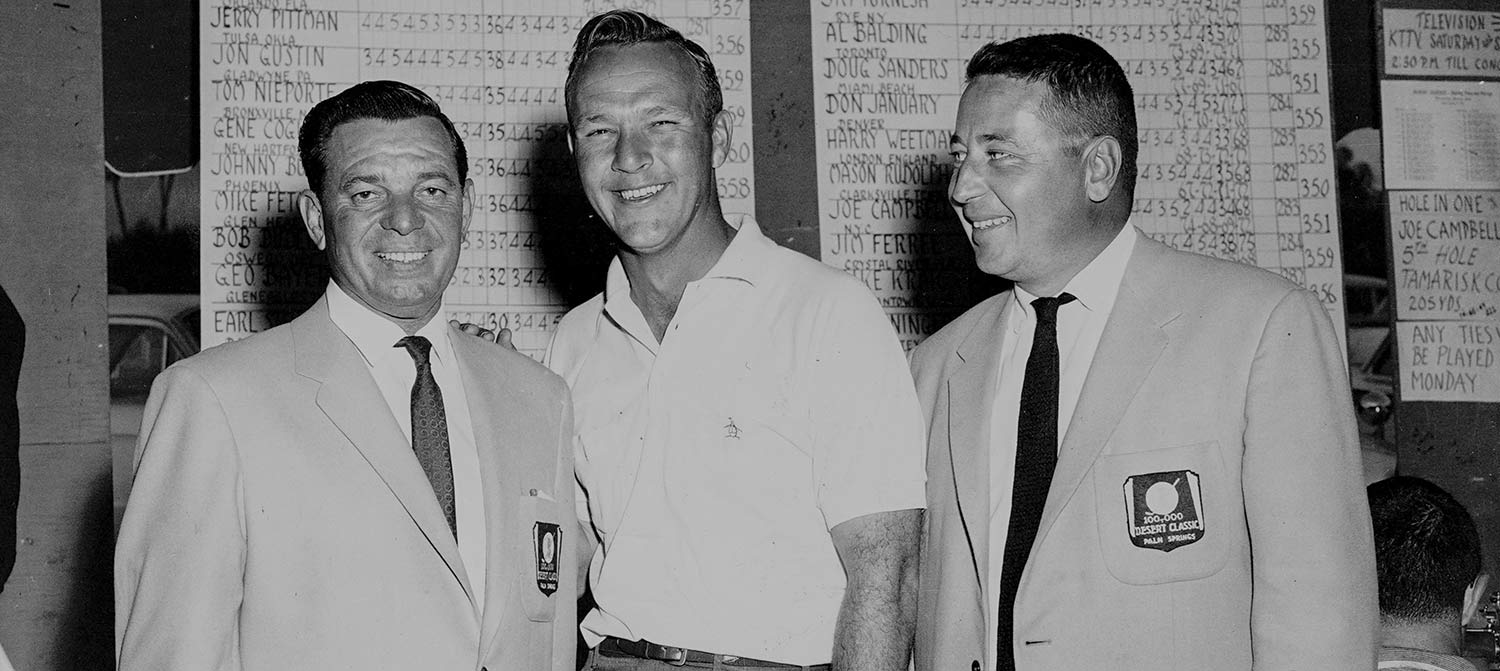
At the turn of the 1960s, live golf coverage on TV was gaining momentum and Palmer played the star role as golf reached into the consciousness of millions of young fans. Like most teenaged Americans who played the game at this time, Harmon was a devoted member of Arnie’s Army.
“I would go to all the majors with my dad and I would just go out and watch Arnold play,” explains Harmon, who would eventually join Palmer on tour in 1969. “He was so aggressive and exciting to watch. I was so enamored with how he attacked the golf ball, how he attacked the flags, and he had this charisma. He was always gracious with fans, no matter if he was playing poorly or well. I used to tug my pants up like him and waggle the club like him. I wanted a putter like his.”
So when Harmon had the luxury of choosing whose scoreboard to carry at Palm Springs, his answer was automatic.
“As luck would have it, Arnold shot something low, in the 60s,” says Harmon. “He birdied the 15th to get to a zillion under par and the 16th was a par-three, about 190 yards, and he hit the most beautiful, high draw to about six feet from the hole. I was carrying the sign and Arnold knew who I was. He talked to me on the course and he said, ‘How about that shot, Butchie-boy, do you like that one?’
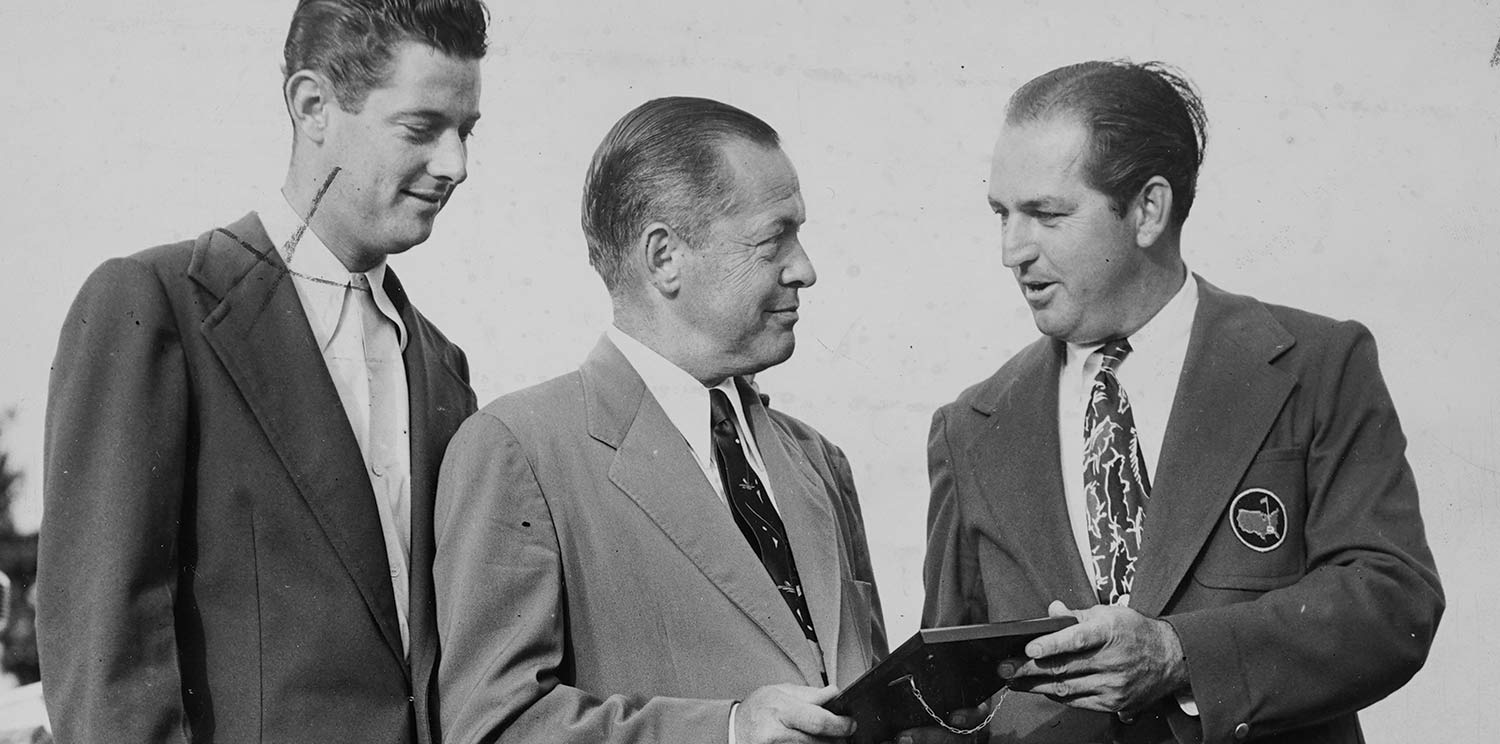
“I was like, ‘That was a great shot, Mr. Palmer, but I don’t have any more numbers to put up on the board.’ In those days they didn’t have enough numbers for the 21 under par that Arnold was reaching. You couldn’t use just a ‘2’ and a ‘1’. Arnold had out-scored my numbers, he was so far under par. He said: ‘I’m going to run you out of numbers, young man!’
“We got up to the green and Arnold missed the putt. I felt bad. I was a 16-year-old kid and I thought I had jinxed him or something. He parred 16 and I hung back after that on 17. I wouldn’t walk with the group. After Arnold drove on 18 he said to me, ‘Get on up here, you didn’t make me miss that putt. That was my fault!’”
Just another illustration of Palmer’s extraordinary powers of empathy, even when the heat was on, in the final round of what was, at the time, the world’s richest golf tournament. A five-round test of endurance, Palmer won the 1960 Palm Springs Golf Classic with a final score of 338, 20 under par, after a final round 65, to beat his friend Fred Hawkins by three. The $12,000 first prize was the biggest check of Palmer’s career at the time, and set him rolling on one of the most famous seasons of his life. Palmer would win nine times in 1960, including his second Masters and his iconic U.S. Open at Cherry Hills. By the end of the year, in addition to his tour wins, he’d won the Hickock Belt and Sports Illustrated’s “Sportsman of the Year” award.
“Things like that happened to me and my brothers when we were young,” reflects Harmon. “We took instances like those for granted. That was just our lives. Our dad was a great player and a great teacher. I don’t think it was until we reached our 40s and we all became successful professionals that we looked back and thought, ‘My gosh, think about all the things we have been through that most people don’t get the opportunity to do, and how fun it all was.’ We were given a master’s degree in watching the greatest players in the world and we didn’t even know it.”
The young Harmon would caddie for his dad in friendly games when stars dropped by Winged Foot: Sam Snead, Jimmy Demaret, Craig Wood and Ben Hogan. Tommy Armour was a member, and among the many assistant pros who came through under Claude Harmon were future major champs Jackie Burke and Dave Marr, who would give the young Butch lessons when Claude was busy.
Hogan was a close friend of the family and he and Claude would play tournament practice rounds together. The promising Butch first played golf with Hogan when he was 16, and although Harmon’s brief tour career was defined by frustration, missed cuts and unfulfilled potential, Hogan still made him a member of the Hogan Staff team.
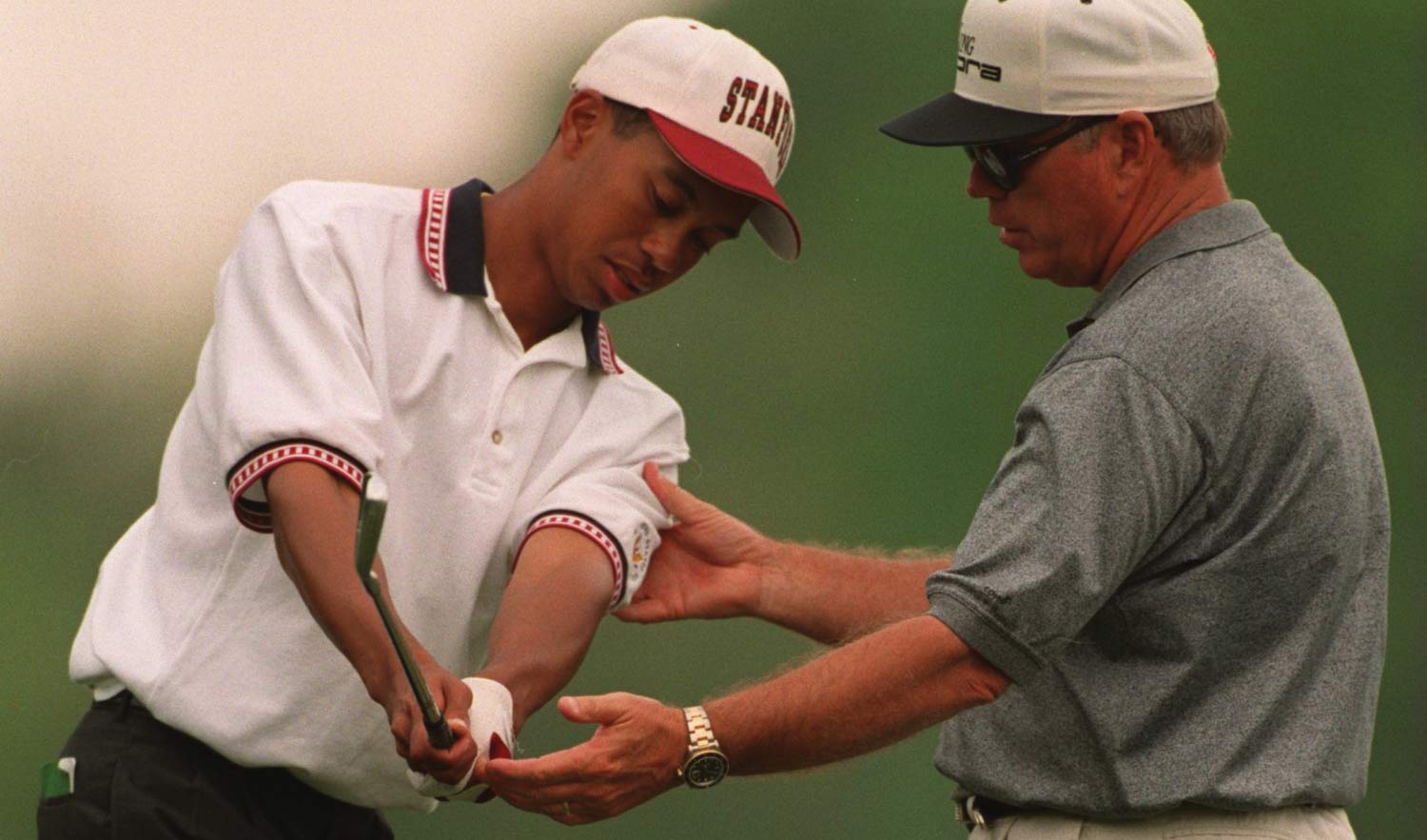
Tiger Woods lost in the second round of the 1993 U.S. Amateur Championship at Champions Golf Club in Houston. At 17 there was no shame at all, particularly as Woods had just become the first golfer to win the U.S. Junior title three years in a row. Just 12 miles east from Champions GC is the private enclave of Lochinvar Golf Club, where Harmon worked at the time. Tiger’s father, Earl, had heard a lot about Harmon, particularly as Harmon’s star pupil, Greg Norman, had just stormed to a famous victory in The Open at Royal St. George’s, playing some of the best golf ever seen. Woods Senior was searching for a coach to guide his son from the amateur ranks to the professional and so they paid Harmon a visit.
“I knew about Tiger before we’d met,” recalls Harmon. “I knew his history and I knew of some of the problems he had as a black kid trying to get on golf courses. He was sometimes wrongly accused of causing problems at golf clubs, but it was never him. Tiger knew how to behave at a golf club and he loved the game.
“I still have the film from those two days at Lochinvar. It was the August of 1993 and throughout the 10 years I worked with Tiger he would say to me, ‘You don’t still have that film of me when we first met when I was a skinny kid do you?’ I would put it on and Tiger would say, “I hate looking at that! Look how skinny I was! Look at my swing!’ And I would say, ‘Yeah, but remember how good you were for your age.’
“When I first saw Tiger swing a club, standing there was a tremendous amount of natural, raw talent. He was like a trophy that needed to be polished. The natural ability needed to be brought along but the raw talent and self-confidence of the young man were amazing.
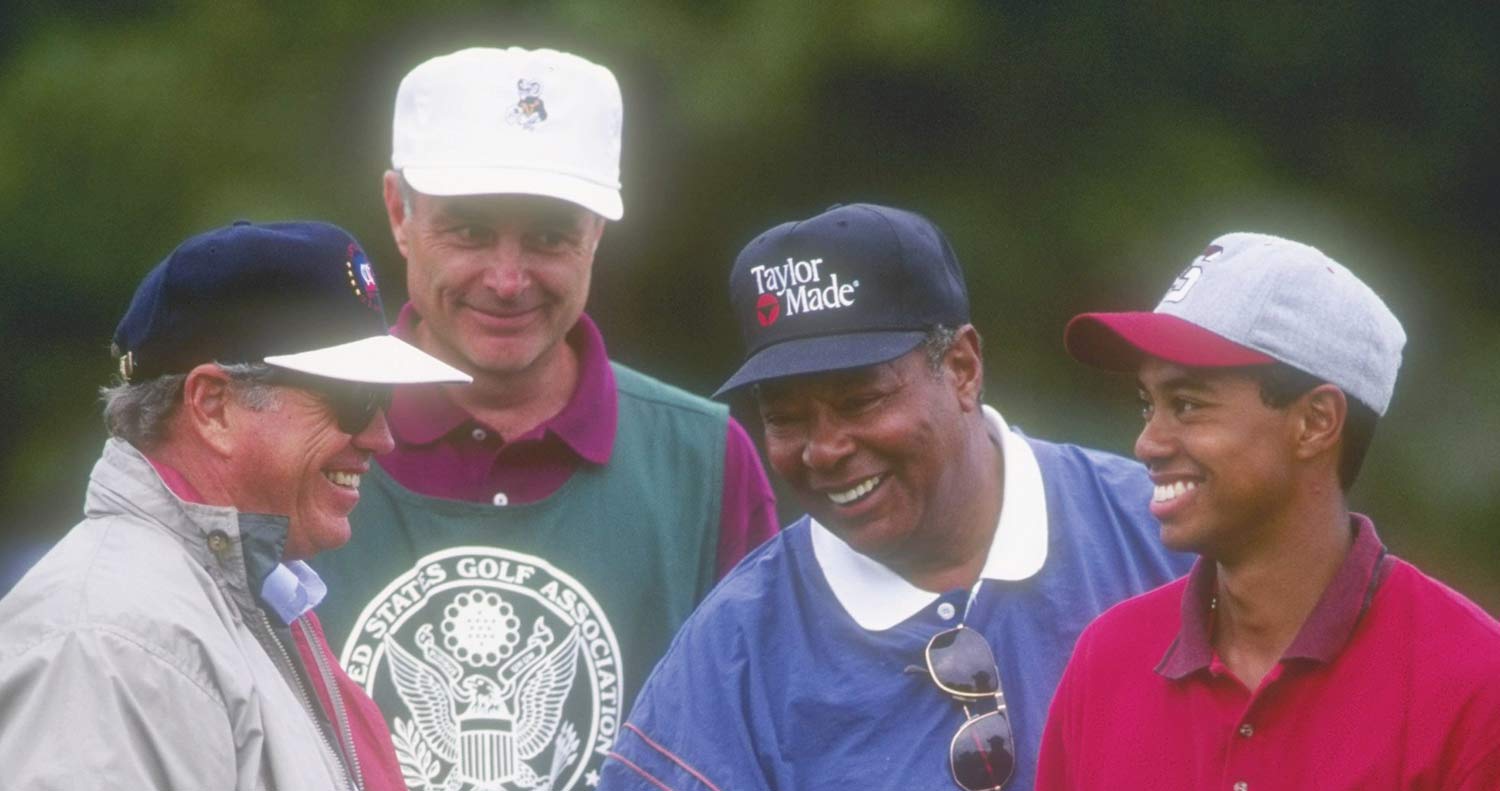
“That day I said to Tiger, ‘Everybody has a go-to shot on a tight driving hole, like a little fade. What is your go-to shot? He said, ‘Nah, I just hit the ball as hard as I can, go and find it and hit it again.’ That really is how Tiger thought. He was not being arrogant but he was an aggressive player. In those days he did not have the ability to work the ball both ways. He just hit the ball and found it, hit it and found it and then made the putt. That was his theory and he was pretty damned good at it.”
Soon afterwards, Harmon and Earl Woods—both Vietnam vets—came to an agreement, remembers Harmon: “I said to Earl that if I work with your son, and then he goes home and you dispute what I am saying, it probably wouldn’t work. So if you don’t think you can turn him over to me it is probably not a good thing. Earl said, ‘I’ll make a deal with you: I won’t try and be his golf coach if you don’t try and be his dad.’ That was fine with me.”
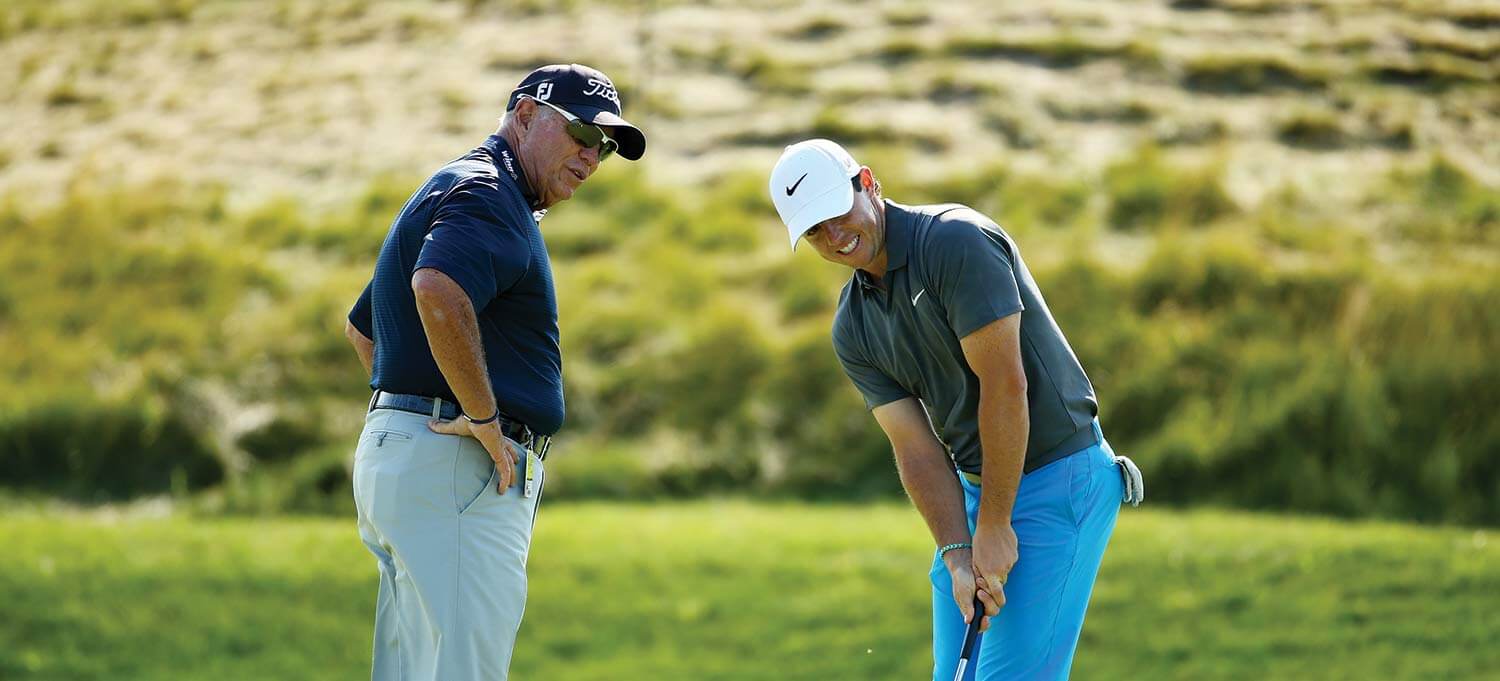
Harmon did not issue Woods with an invoice until he turned professional. By the time they parted ways, 10 years later, Woods had won eight of his 15 major titles and produced probably the best golf ever played, particularly during the “Tiger Slam” run in 2000 and 2001.
Today, after 35 years on tour, Harmon prefers to work from his academy at Rio Secco Golf Club near Las Vegas. He does not miss the airports, hotels and varying time zones of life on tour, while he still keeps busy working with players remotely or when they come to Nevada.
“I don’t have any player under contract,” adds Harmon. “I just charge an hourly rate and I charge everyone the same, doesn’t matter who they are. It’s been fun. I have had the chance to work with some players who I could not have worked with before—Rory McIlroy, Jordan Spieth, they came to see me because they wanted an opinion, not that I was trying to become their coach—I work at my own pace and I deal with who I want to.”
That’s not to say Harmon does not miss being so close to the action from time to time.
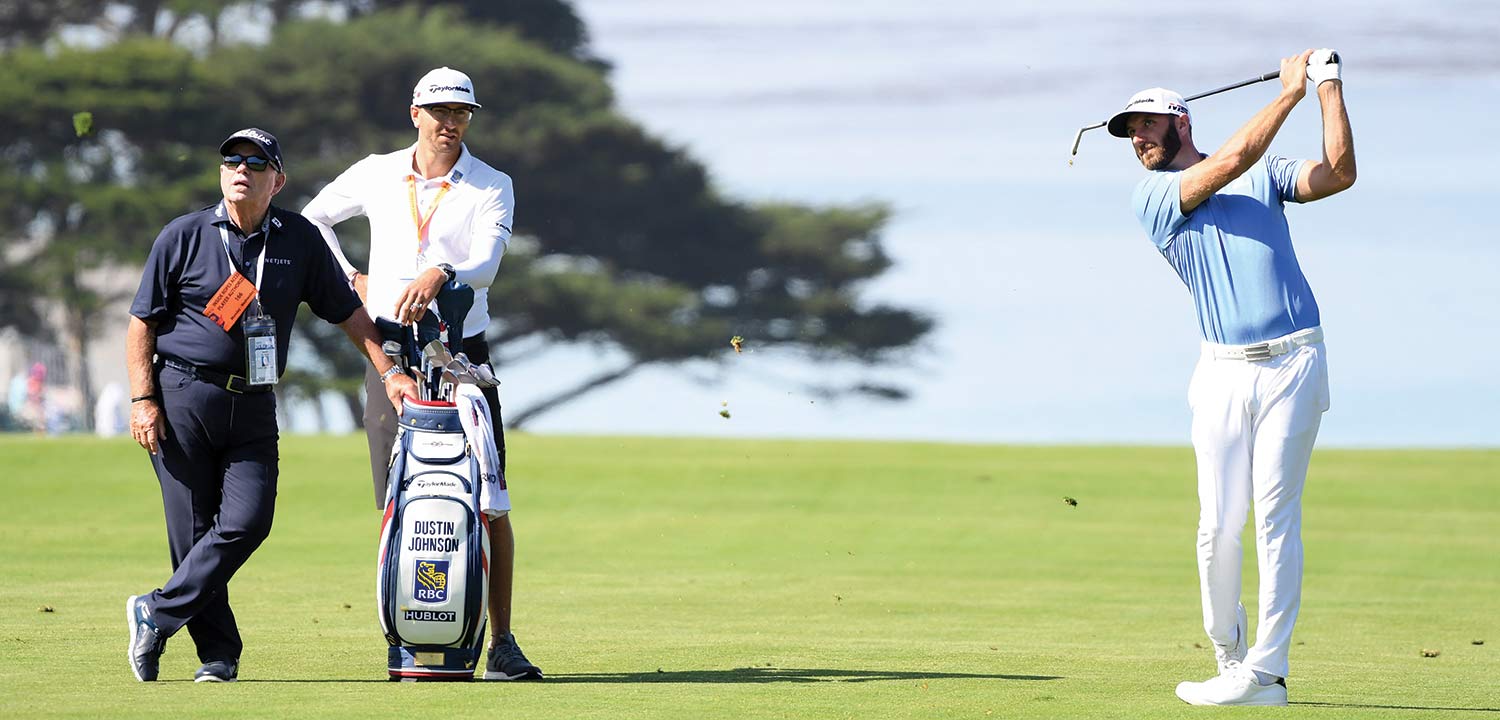
“I miss the major championships because usually I would have two or three players with a chance to win, and I miss the rush of being there for that,” he admits. “I miss the camaraderie. I like being around people and I like seeing great players hit great shots under tremendous pressure. They make it look so easy that I don’t think the average person realizes the immense pressure they are under.”
So if you would like Harmon to look at your swing plane, give his office at Rio Secco a call. He might not be free next week, but it’s worth waiting for some things, and as Harmon says: “I tell people that the best thing about coming here is that for every bad shot they hit afterwards, they can just blame me.”
Follow Us On


| Cookie | Duration | Description |
|---|---|---|
| cookielawinfo-checkbox-analytics | 11 months | This cookie is set by GDPR Cookie Consent plugin. The cookie is used to store the user consent for the cookies in the category "Analytics". |
| cookielawinfo-checkbox-functional | 11 months | The cookie is set by GDPR cookie consent to record the user consent for the cookies in the category "Functional". |
| cookielawinfo-checkbox-necessary | 11 months | This cookie is set by GDPR Cookie Consent plugin. The cookies is used to store the user consent for the cookies in the category "Necessary". |
| cookielawinfo-checkbox-others | 11 months | This cookie is set by GDPR Cookie Consent plugin. The cookie is used to store the user consent for the cookies in the category "Other. |
| cookielawinfo-checkbox-performance | 11 months | This cookie is set by GDPR Cookie Consent plugin. The cookie is used to store the user consent for the cookies in the category "Performance". |
| viewed_cookie_policy | 11 months | The cookie is set by the GDPR Cookie Consent plugin and is used to store whether or not user has consented to the use of cookies. It does not store any personal data. |